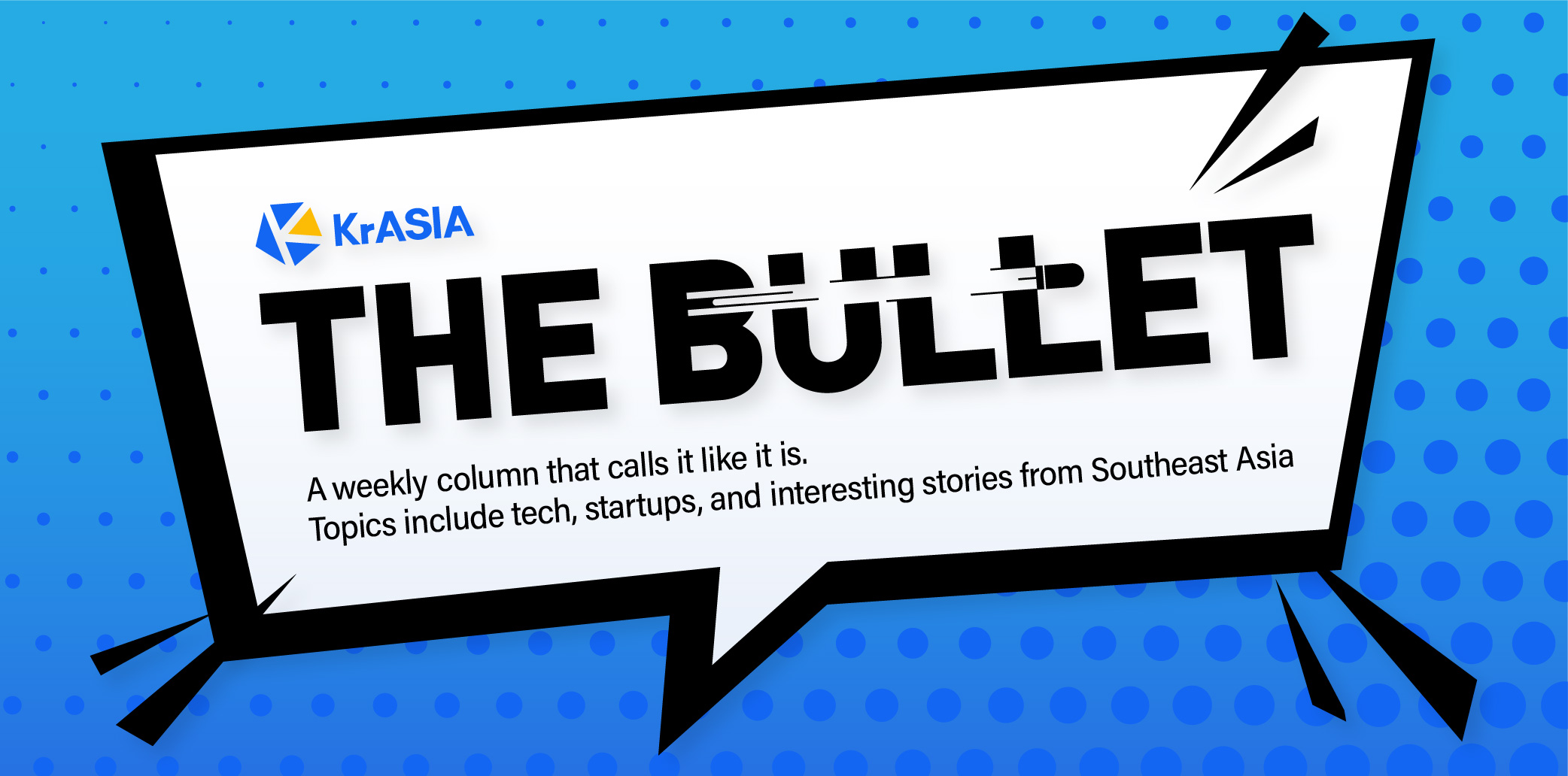As we navigate the fourth industrial revolution, it has become essential to master the intricacies of artificial intelligence (AI). Similar to the revolutionary impact of the steam engine, the computer, and the iPhone, the AI tool ChatGPT is stirring a wave of excitement. Numerous individuals are proactively embracing this emerging technology, keen to remain abreast of the swift changes.
Amidst a wide array of AI training programs available, those centered on ChatGPT and AI art are experiencing a remarkable surge in demand. These courses cover a diverse range of applications — from data analysis, e-commerce, UI design, to IP creation — emphasizing the need for a critical assessment of their practicality and value.
The escalating interest in AI capabilities has sparked a growth in specialized training programs focused on tools like ChatGPT and AI art applications. These courses tap into the potential of AI, fostering innovation, boosting human efficiency, and encouraging a new wave of digital creativity.
Weighing Options: Paid Courses vs. Free Resources
The discourse on the merits of paid versus free AI education resources remains prominent, with paid courses offering structure, guided instruction, and community support. However, some argue that rudimentary knowledge of tools like ChatGPT can be gathered from free online resources, and paid courses become vital for advanced applications.
There has been a surge of paid communities, such as the “ChatGPT Breakout Club,” which, at an annual fee of RMB 198 (USD 28), attracted around 1,000 members within 24 hours of its launch. Similarly, other communities such as “ChatGPT and AI Art” and “ChatGPT Adventist” have drawn significant memberships within short timespans.
Still, there are those who view paid courses as unnecessary, using free platforms instead to acquire a basic understanding of ChatGPT. For these individuals, the true challenge lies in the development of more advanced skills, a point where free resources may fall short.
AI Art Courses: Unleashing the Artist in the Machine
AI art courses are gaining popularity among professionals and hobbyists, offering training on image generation tools like Stable Diffusion and Midjourney. These courses teach skills to customize AI output for various sectors, such as e-commerce, game design, and interior design, merging artistry and technology for creative and commercial purposes.
Participants learn the fundamentals of prompting skills and parameter fine-tuning to meet specific requirements after initial image generation. Users appreciate Midjourney’s user-friendly approach, while Stable Diffusion offers a wider style and module range, albeit with higher graphics card requirements and debugging skills.
Success in AI art relies on combining these tools and mastering image creation and adjustment according to client needs. Instructors focus not only on knowledge transfer but also on helping traditional industries reduce costs and enhance efficiency. Students engage in projects that facilitate learning and generate revenue, with opportunities like business posters and personalized avatar customization emerging as financial prospects.
The Interplay of Technology and Business
The ripple effects of AI training courses reach beyond the tech realm, seeping into traditional industries, which are recognizing the potential of AI integration. These courses marry technical proficiency with business insight, empowering trainees to enhance productivity and cost-effectiveness in their sectors.
Institutions like Qieman College and edtech firm NetEase Youdao have entered the scene with their AI offerings. Qieman College has carved a niche for itself in AI and design training, particularly through its dedicated AIGC (AI Graphics and Computing) training. It is touted as the first industry institution to offer AI courses and boasts over six communities, each with 500 members, on its platform. Its success has prompted other course providers to replicate its practices.
Meanwhile, leveraging its expertise in business analysis and design courses, NetEase Youdao released two courses in March this year, “ChatGPT from Entry to Master” and “Artificial Intelligence Art and Design,” as shared by Han Yining, who oversees AI course products at Netease Cloud Classroom.
Are ChatGPT and AI art training worth learning?
The value of investing in ChatGPT and AI art training courses depends on individual needs, time availability, and one’s ability to study on their own. While crucial for design-related fields, these courses can be more interest-based for others. Free resources are suitable for introductions, but tailored courses benefit those seeking deeper understanding or with limited time.
Novices should evaluate course content and pricing before enrolling. Basic tool usage courses may not require significant investment, as similar material is available for free. However, courses focused on specific applications and commercial scenarios may offer better value. Caution is advised against excessively high-priced options, and verifying credentials is essential to avoid piracy and unverified experts.
Managing expectations is crucial in AI learning. Immediate mastery or commercial success should not be expected, as these tools primarily enhance efficiency. Learning extends beyond the course, requiring ongoing exploration and troubleshooting in specific situations.
Overall, while potential pitfalls exist, AI courses can be an invaluable resource when approached with realistic expectations and a clear understanding of individual needs. Staying informed and adaptable allows individuals to seize the immense potential of AI in this dynamic landscape.
This article was adapted based on a feature originally written by Tang Yahua and published on 深烧 (WeChat ID: shenrancaijing). KrASIA is authorized to translate, adapt, and publish its contents.

